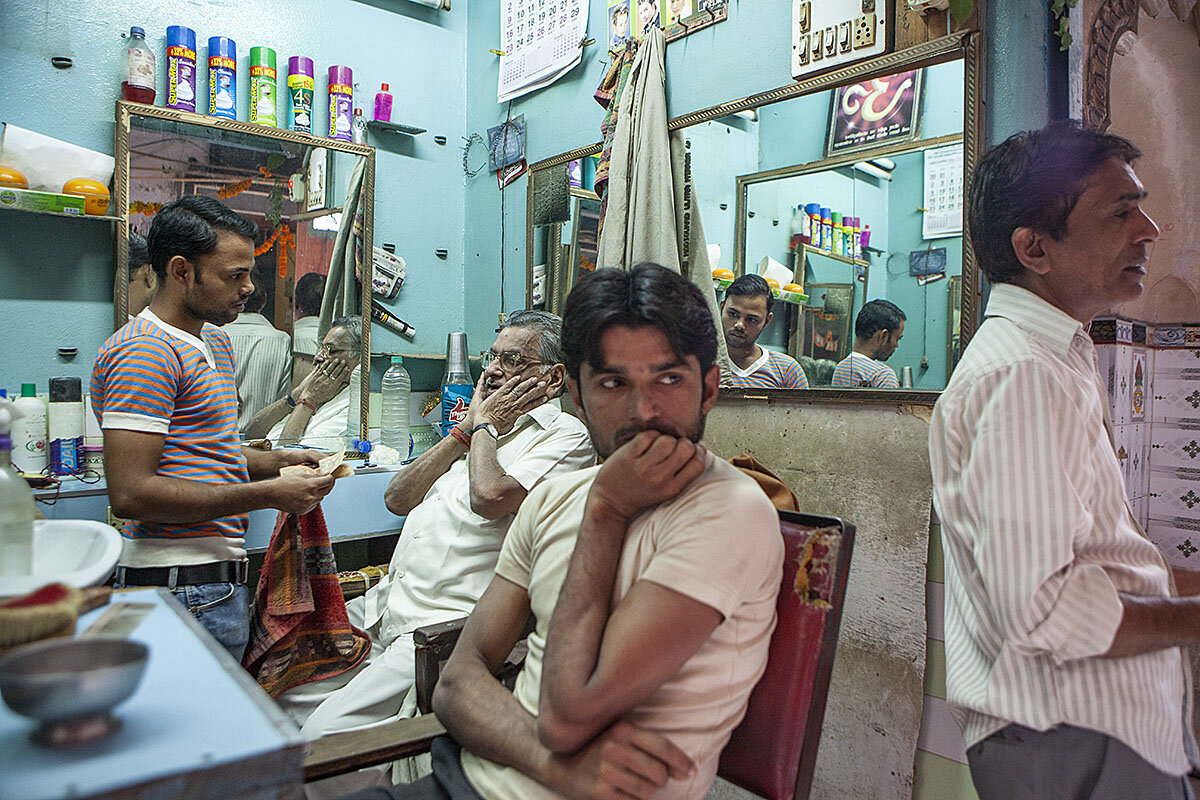At the center of the impeachment probe into President Donald Trump, Rudy Giuliani has undergone a remarkable transformation as a public figure – though friends see the same no-holds-barred persona throughout.
Monitor Daily Podcast
- Follow us:
- Apple Podcasts
- Spotify
- RSS Feed
- Download
 Peter Grier
Peter Grier
Our five stories today look at the evolution of Rudy Giuliani, how Lebanon's fractured society is uniting to fight corruption, the return of Peronism in Argentina, why a Houston Rockets tweet has challenged the morality of a business relationship with China, and a possible collision between three black holes.
First, I’d like to tell a story about Rep. Elijah Cummings, Baltimore, and “The Lion King.”
Representative Cummings’ funeral was today in Baltimore. He’ll be sorely missed in the city where he lived most of his life. Former President Barack Obama spoke. So did Speaker of the House Nancy Pelosi, a fellow Baltimorean.
But in Baltimore almost everyone speaks of Elijah Cummings. I know this because I’ve lived there 20 years. Many people have a Representative Cummings story. They’ve met him in church or at a fundraiser. He spoke at their school. He’s a friend of a relative.
Here’s one story: A year ago he spoke at the funeral of a civic leader from my neighborhood. He saw her grandchildren there and he told them that when he thought about their grandmother he thought about “The Lion King.”
“I’m a ‘Lion King’ junkie,” Representative Cummings said.
He said his favorite scene was when the young Simba cries out for his father. He hears this simple reply: “He lives in you.”
Their grandmother lives in them, he told the grandchildren. She lives “within all of us,” he said. And now it’s our job to pick up her baton and “make the world a better place ... and she will look down, and say, well done.”
Well done, sir. Well done.










